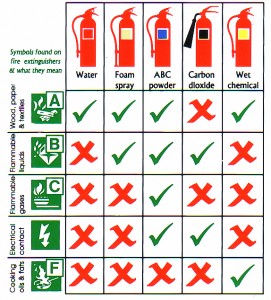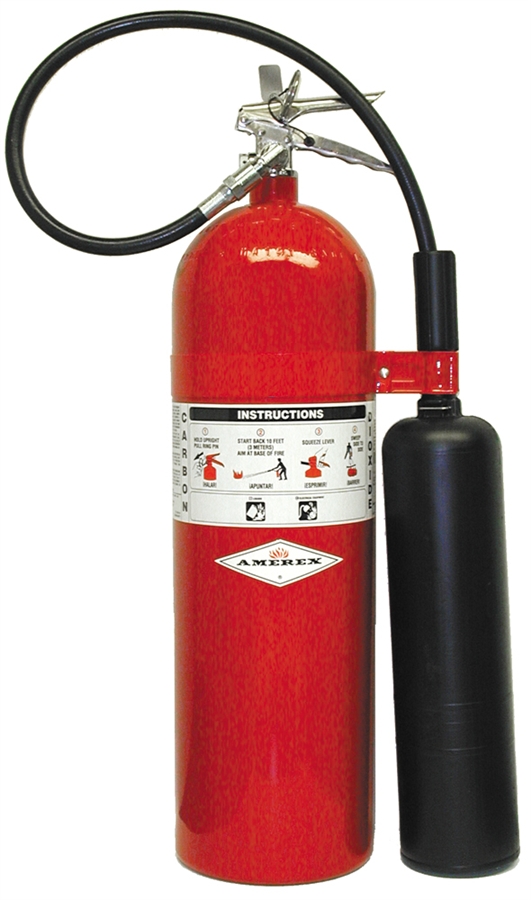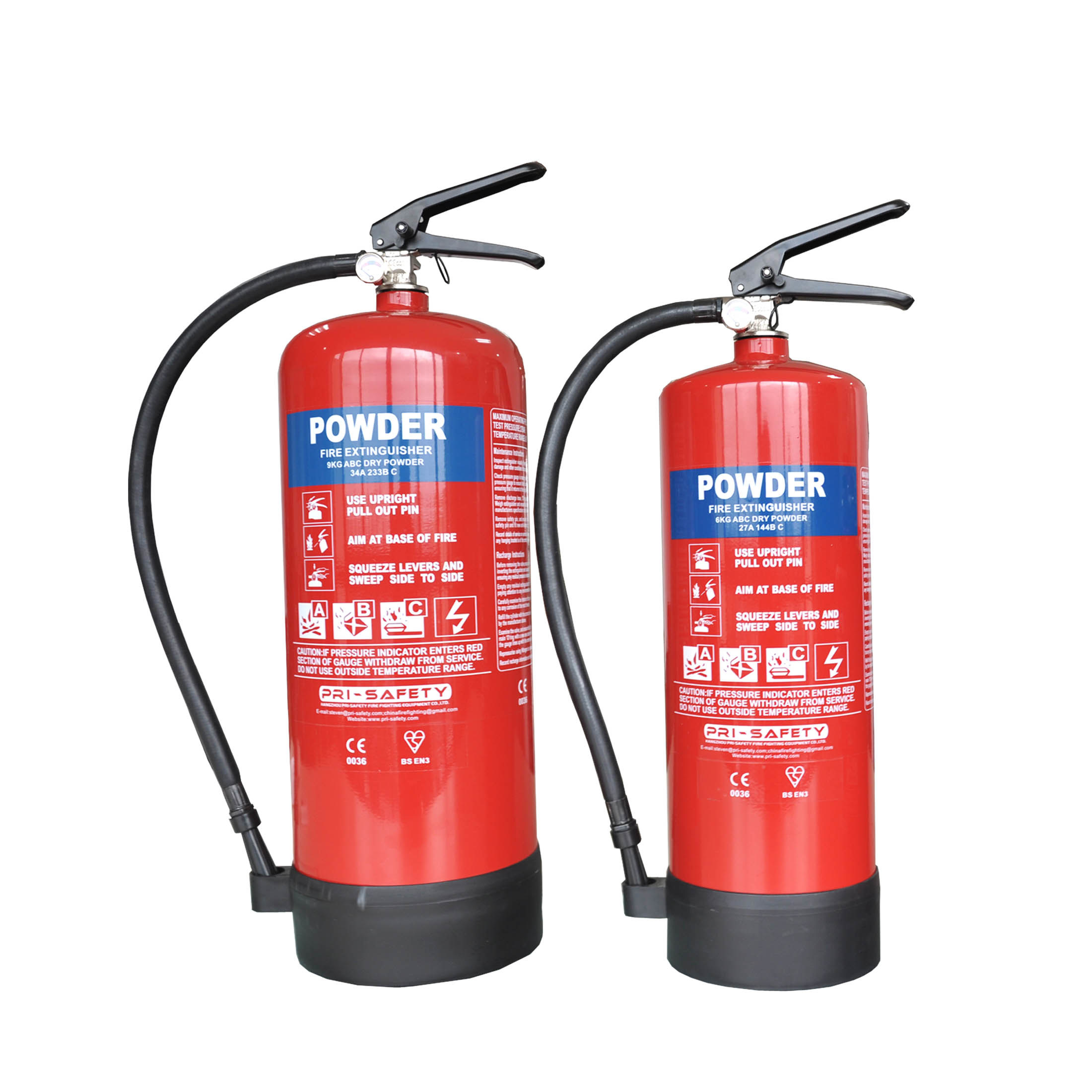
Water should never be used to tackle grease fires. The reason they’re recognized as a separate class altogether has to do with the higher flash point of oil compared to gasoline or propane for instance. Technically, grease fires are a sub-category of the flammable liquids class. Oil fires are classified as Class K in the US, and Class F in Europe and Australia. Most water-based extinguishers that aren’t dielectrically tested have a warning along the lines of “do not use on electrical fires.” Class D: Combustible Metals This means the contents don’t conduct any electricity, and the risk is significantly reduced. However, most modern water-based extinguishers are dielectrically tested. Never use water or foam-based extinguishers knowingly on live electrical equipment because by doing so, you run the risk of electrocuting yourself. Instead of the letter E, an electric spark is displayed on fire extinguishers suitable for use on electrical fires.

Similarly, in Europe, Class E does not officially fall into the CEN classification. In the UK, they’re classified based on the ignited fuel type which previously shared the same classification as Australia (Class E). They are classified as Class C in the US and Class E in Australia. These are high-risk fires that continue to grow as long as the power source remains attached to the failing component. Class A: Ordinary CombustiblesĬlass C fires, otherwise known as Class E, originate from electrical components. Some are effective against only solid combustibles, others do a better job at putting out electrical fires, and so on.īelow we’ve discussed how fire is classified, followed by the different types of fire extinguishers. That’s why the type of fire extinguisher you use matters. The job of a fire extinguisher is to either intercept that chemical reaction, or take away the heat, oxygen, or the fuel out of the equation. It’s this chemical reaction which keeps the fuel burning until it completely disintegrates. Whenever the fuel reaches its ignition temperature, a chemical reaction occurs which converts the fuel into oxygen, CO 2, water, and some other compounds. Ordinary solid combustibles such as wood, fabric or rubber flammable liquids and gasses oils, and even some metals, are all fuel of some sort.

Depending on what starts the fire and what fuel keeps it going, you’ll require a different type of extinguisher to douse the flames.įire is a chemical combustion reaction that typically occurs between oxygen and some form of fuel like wood, gasoline, or diesel.įor this reaction to happen, the fuel has to reach ignition temperature - the lowest temperature at which it will spontaneously ignite. Not all fires are alike and the same is true for extinguisher bottles. This is especially true for modified cars with a supercharger or turbocharger even more so for those with a water-meth injection system or nitrous oxide installed. There’s always a looming potential for vehicle fires, and there’s very little to be compromised if you commit to keeping an extinguisher in your car at all times. Toyota Prius hybrids, Ford F150s, and some Nissan SUVs are infamous examples of fire-hazard related recalls. Most automobile fires are caused due to electrical problems. Issues with heated seats or heating system.Fuel leaking on to headers or exhaust manifold.Here are some of the most common reasons why vehicles catch fire: In fact, according to statistics gathered by organizations such as NFPA, there were 173,000 automobile fires in the United States in 2020 alone. All that said, vehicle fires aren’t uncommon. This says a lot about how sophisticated modern day automotive engineering has become, but that’s another topic for another day.

Add solid combustibles like leather and fabric to that equation and what you get is a mobile fire hazard.Ĭonsidering all that, it’s surprising that a vast proportion of vehicles make it to the end of their lifecycle without ever spontaneously going up in flames. What Causes Car Fires?Ĭars are incredibly complex machines that rely on moving mechanical parts, electrical circuitry, flammable fluids, and oil. We’ll conclude with a list of some of our top recommendations. In this article, we’ll discuss what causes car fires, along with everything you need to know before buying an extinguisher for your car. Fire suppression is almost always mandated, regardless of the different types of race cars being used.īut regardless of your driving style, if you’re interested in installing a fire extinguisher in your car, then this guide is for you. The rules are a bit different if you’re involved in motorsport.

Because if and when it comes in handy, you’ll be very glad you had it. It’s surprising that they aren’t standard equipment in modern day automobiles.īe that as it may, there’s nothing stopping you from installing one in your car. Fire extinguishers are a lot like an insurance policy - you don’t really need one until your ass is on fire.


 0 kommentar(er)
0 kommentar(er)
